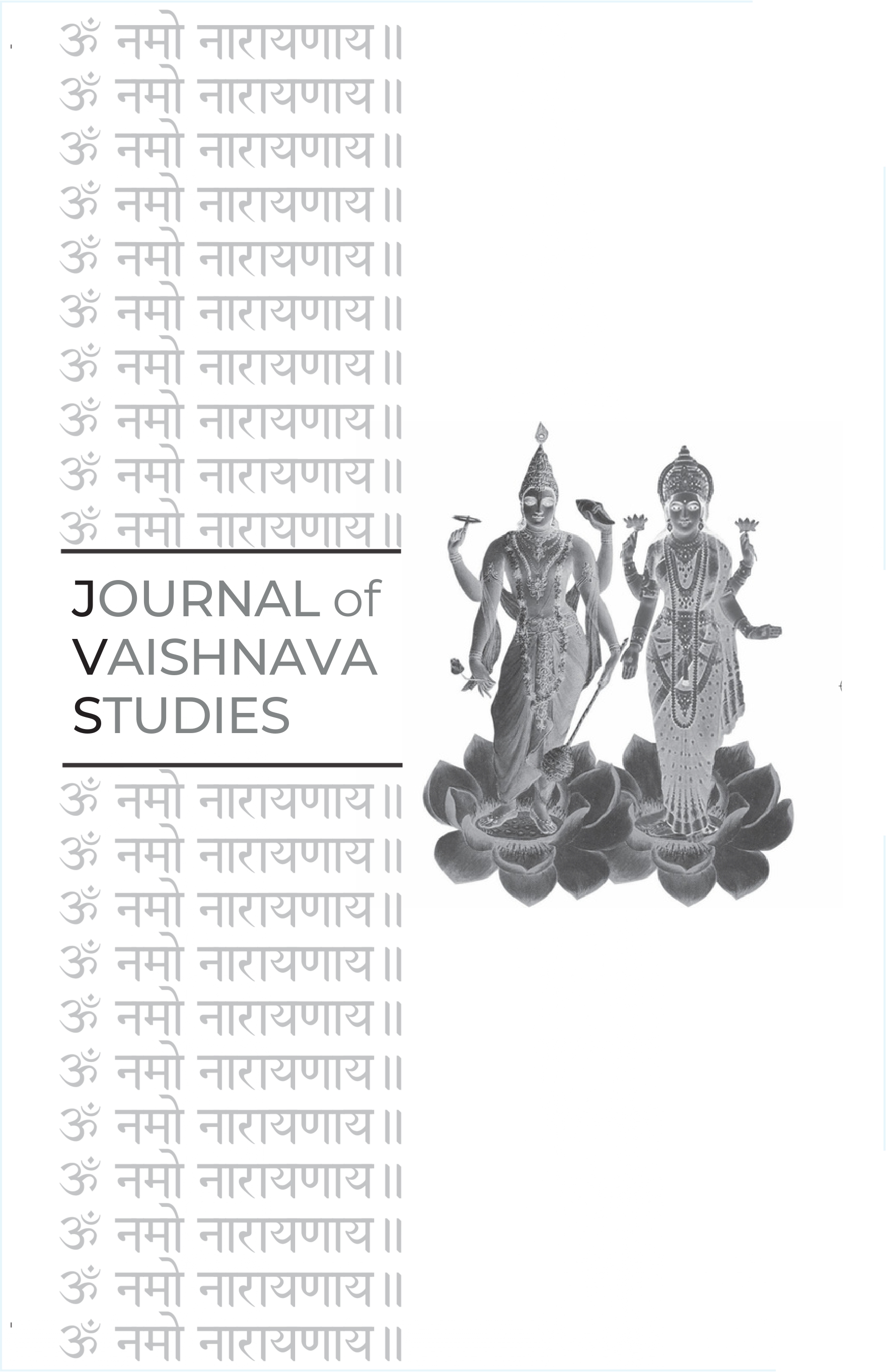Many Kapilas and the Kapila Avatāra: Plurality of Traditions and Multiplicity of Interpretations
Keywords:
Kapila, Avatara, Vishnu, Indian Religion, Mythology, Philosophy, Samkhya, Yoga, Hinduism, InterpretationsAbstract
In Many Kapilas and the Kapila Avatāra, Knut A. Jacobsen investigates the complex and multifaceted figure of Kapila as represented across early Indian religious traditions. The article traces the evolution of Kapila’s identity through a range of divergent portrayals—as a historical philosopher, a deity from Greater Magadha, a Vedic sage, and an avatāra of Viṣṇu—demonstrating how these competing interpretations reflect the plurality and fluidity of Hindu theological and mythological narratives. Jacobsen highlights how this multiplicity is embedded not only in textual sources, including the Purāṇas and Mahābhārata, but also in pilgrimage traditions such as those associated with Siddhpur. The article emphasizes how devotional Hinduism has often sought to consolidate these diverse Kapila traditions into a singular, authoritative avatāra identity, thereby enhancing his spiritual potency. Drawing attention to both classical commentators, like Śaṅkara, and modern academic scholarship, Jacobsen reveals that the ongoing negotiation of Kapila’s identity exemplifies broader patterns of syncretism and interpretive adaptability within Hindu thought.Published
2017-12-13
Issue
Section
Articles





